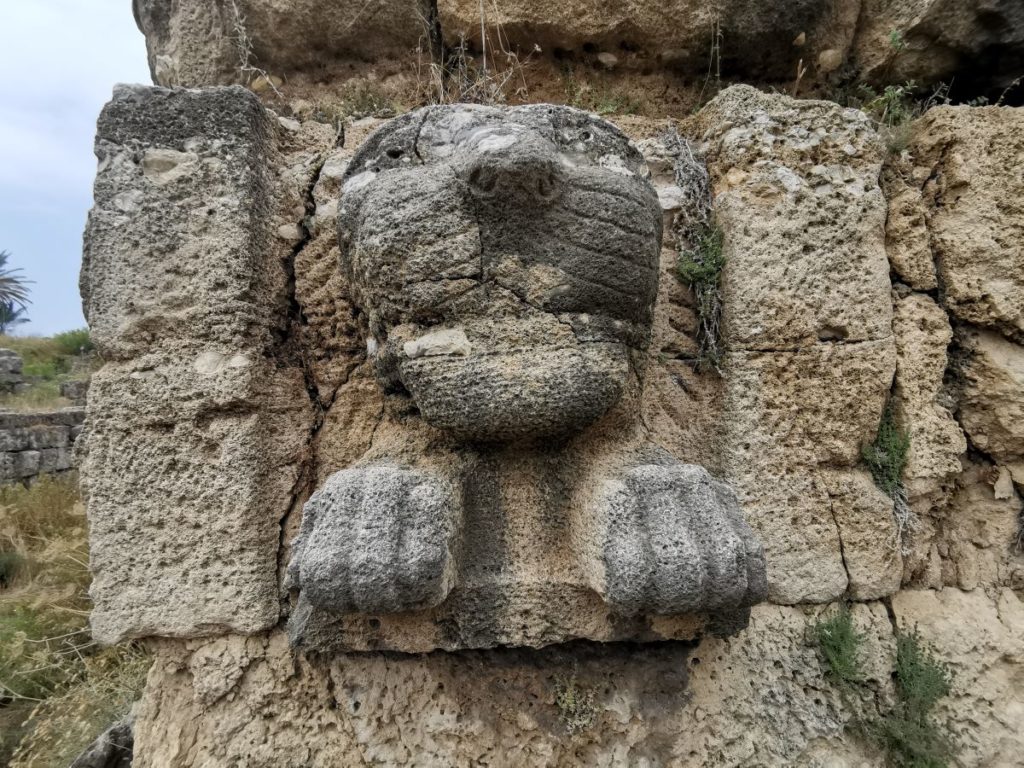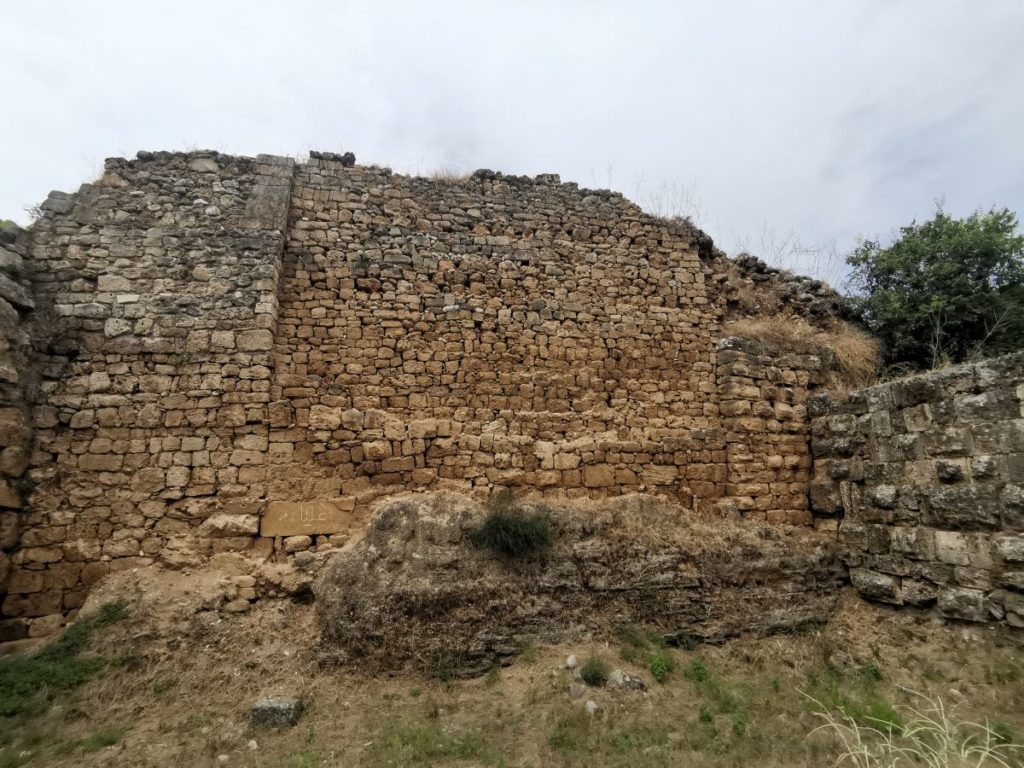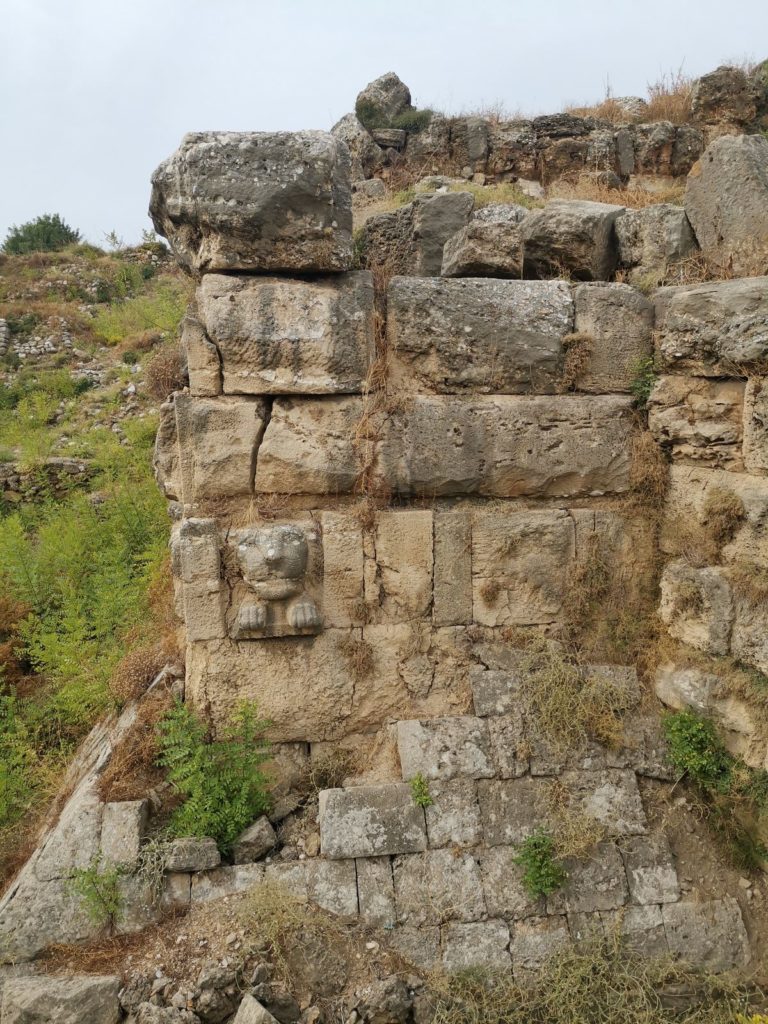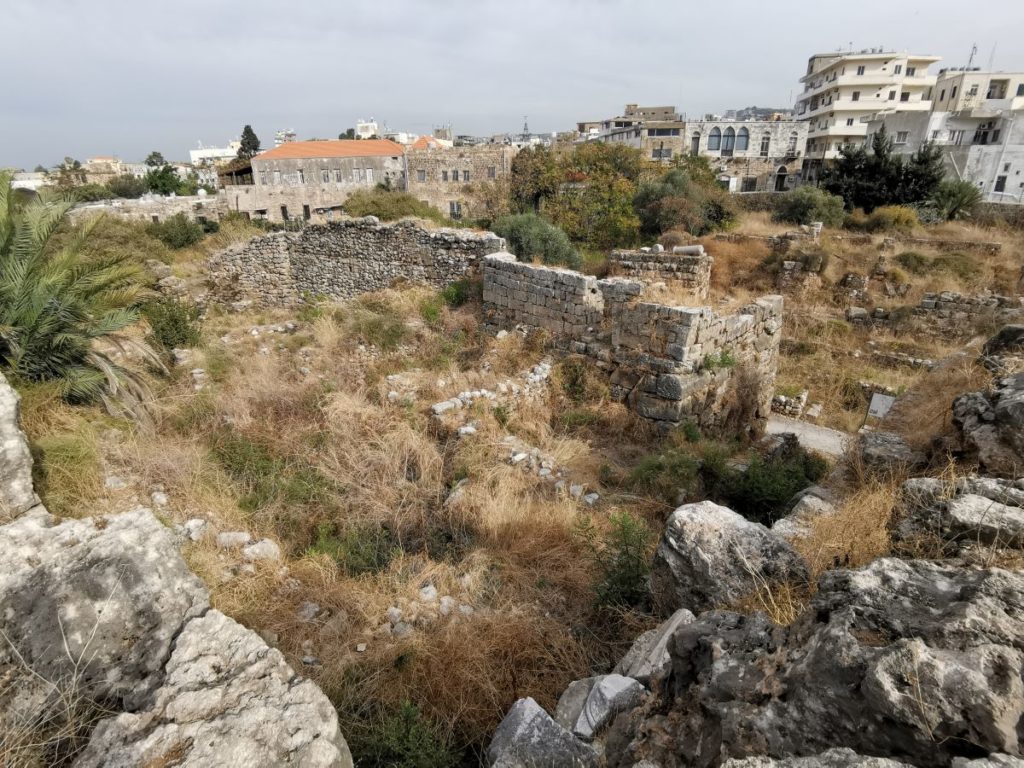The archeological site of Byblos houses the remnants of a well-preserved Persian era fortress in Lebanon.
While little is known about the fortress and its history, it is an exceptional monument that testifies to the importance of Byblos for the Persian defensive system in the eastern Mediterranean.
Timeline
The fortress was built and remodeled several times between the VII and the IV century BC.
Purpose
The fortress was part of the four Phoenician vassal kingdoms (Byblos, Arward, Tyr and Saida) established by the Persians following their conquest of the coastal cities of Syria and Lebanon.
In addition to control and exploit local resources, the fortress provided the Persians with military vessels to protect the shores, and to launch attacks against their rivals, mainly the Greeks. The builders of the ships – the Phoenicians of Byblos – were forced to make and master the ships in times of war.
It is important to note that the Persian naval force was the first imperial force in antiquity, with a total number of approximately 1200 ships.
Structure
The fortress is located at the edge of the archeological site, outside the main center of attractions, which makes it invisible to most visitors who usually wander around without noticing the stronghold.
Its current location was of an important role in antiquity as it controlled the land entrance of the city, as well as the sea entrance from the southern Phoenician port.
Built by local sandstone, the fortress has a semi-rectangular plan, flanked by nine cubic shape foundations that may have been the watchtowers. The western side of the fortress holds a massive podium on top of which several cells can be noticed; the cells may have been the residency of the city’s governor, soldiers’ rooms, storage spaces, etc.
The defensive walls are built by massive boulders, and rise about 7meters height.
The main attraction of the fortress is the lion’s head, a bas-relief symbolizing strength. It is carved in the middle of the defensive wall, and oriented towards the sea entrance of the stronghold. The lion was used by the Persians as their main emblem since antiquity up until the year 1979 before the Islamic revolution, noting that the symbol is not specific to the Persians, but to many ancient civilizations.
Karim Sokhn
Tour Operator & Tour Guide
References:
Byblos brochure, Ministry of Tourism
History of the Persian Empire, A.T. Olmstead
Byblos hellénistique, Jean-Francois Salles,2003








